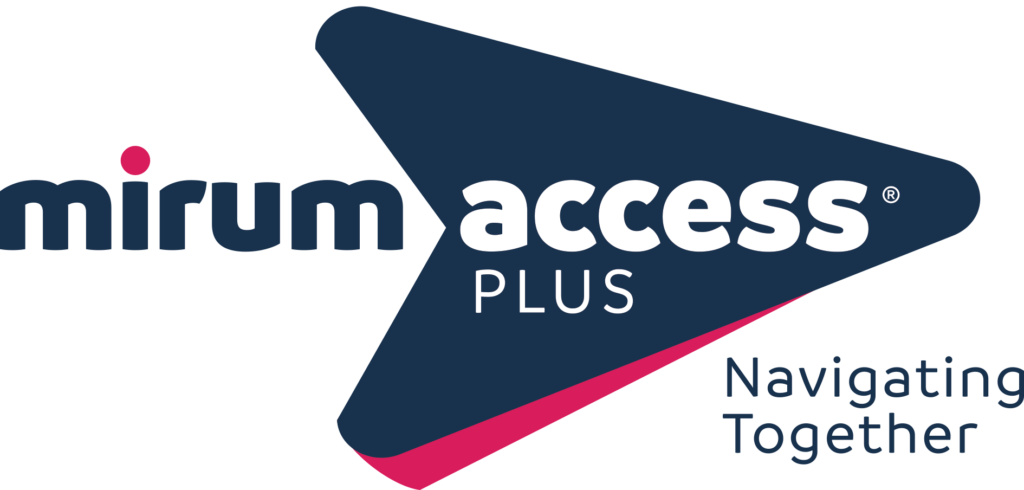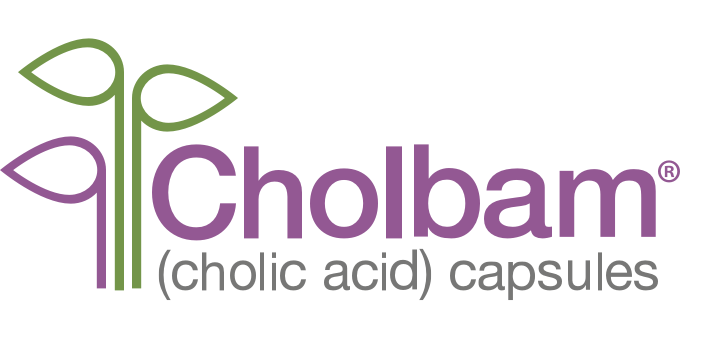
CHOLBAM® (cholic acid) for Smith-Lemli-Opitz Syndrome (SLOS)
CHOLBAM may help patients with SLOS1-3,*
- Increase plasma cholesterol2,†
- Improve certain growth parameters1-3,‡
- Lower liver enzymes1,*
*No evaluable patients with SLOS were in the pivotal studies.1
Patients had other bile acid synthesis disorders due to single enzyme defects.
†In 11 of 12 patients with SLOS given CHOLBAM 10 mg/kg/day and cholesterol supplementation for 2 months, in an open-label, pilot study. Long-term studies are needed to determine durability of effect and possible clinical benefits.2
‡In a pivotal trial, body weight increased by 10% or was stable at greater than the 50th percentile, among responders.1,*
In a two-month pilot study, 9 of 12 patients showed an increasing trend in weight gain from baseline but did not reach statistical significance.2
Statistically significant improvements in height have been reported.3

Discover Your Pathway in Treating Smith-Lemli-Opitz Syndrome (SLOS)* and the Potential Benefits of CHOLBAM
*No evaluable patients with SLOS were in the pivotal studies.

CHOLBAM has been FDA approved and available since 2015

Help get your SLOS patients
started on CHOLBAM
REFERENCES: 1. CHOLBAM. Prescribing information. Mirum Pharmaceuticals, Inc. 2. Elias ER, Orth LE, Li A, Xu L, Jones SM, Rizzo WB. Cholic acid increases plasma cholesterol in Smith-Lemli-Opitz syndrome: A pilot study. Mol Genet Metab Rep. 2023;38:101030. doi:10.1016/j.ymgmr.2023.101030 3. Gonzales E. Gerhardt MF. Fabre M. et al. Oral cholic acid for hereditary defects of primary bile acid synthesis: a safe and effective long-term therapy. Gastroenterology. 2009:137(4):1310-1320.
INDICATION
CHOLBAM® (cholic acid) is a bile acid indicated for- Treatment of bile acid synthesis disorders due to single enzyme defects.
- Adjunctive treatment of peroxisomal disorders, including Zellweger spectrum disorders, in patients who exhibit manifestations of liver disease, steatorrhea, or complications from decreased fat-soluble vitamin absorption.
LIMITATIONS OF USE
The safety and effectiveness of CHOLBAM on extrahepatic manifestations of bile acid synthesis disorders due to single enzyme defects or peroxisomal disorders, including Zellweger spectrum disorders, have not been established.IMPORTANT SAFETY INFORMATION
WARNINGS AND PRECAUTIONS – Exacerbation of liver impairment
- Monitor liver function and discontinue CHOLBAM in patients who develop worsening of liver function while on treatment.
- Concurrent elevations of serum gamma glutamyltransferase (GGT) and alanine aminotransferase (ALT) may indicate CHOLBAM overdose.
- Discontinue treatment with CHOLBAM at any time if there are clinical or laboratory indicators of worsening liver function or cholestasis.
ADVERSE REACTIONS
- The most common adverse reactions (≥1%) are diarrhea, reflux esophagitis, malaise, jaundice, skin lesion, nausea, abdominal pain, intestinal polyp, urinary tract infection, and peripheral neuropathy.
DRUG INTERACTIONS
- Inhibitors of Bile Acid Transporters: Avoid concomitant use of inhibitors of the bile salt efflux pump (BSEP) such as cyclosporine. Concomitant medications that inhibit canalicular membrane bile acid transporters such as the BSEP may exacerbate accumulation of conjugated bile salts in the liver and result in clinical symptoms. If concomitant use is deemed necessary, monitoring of serum transaminases and bilirubin is recommended.
- Bile Acid Binding Resins: Bile acid binding resins such as cholestyramine, colestipol, or colesevelam adsorb and reduce bile acid absorption and may reduce the efficacy of CHOLBAM. Take CHOLBAM at least 1 hour before or 4 to 6 hours (or at as great an interval as possible) after a bile acid binding resin.
- Aluminum-Based Antacids: Aluminum-based antacids have been shown to adsorb bile acids in vitro and can reduce the bioavailability of CHOLBAM. Take CHOLBAM at least 1 hour before or 4 to 6 hours (or at as great an interval as possible) after an aluminum-based antacid.
PREGNANCY
No studies in pregnant women or animal reproduction studies have been conducted with CHOLBAM.LACTATION
Endogenous cholic acid is present in human milk. Clinical lactation studies have not been conducted to assess the presence of CHOLBAM in human milk, the effects of CHOLBAM on the breastfed infant, or the effects of CHOLBAM on milk production. The developmental and health benefits of breastfeeding should be considered along with the mother’s clinical need for CHOLBAM and any potential adverse effects on the breastfed infant from CHOLBAM or from the underlying maternal condition.GERIATRIC USE
It is not known if elderly patients respond differently from younger patients.HEPATIC IMPAIRMENT
- Discontinue treatment with CHOLBAM if liver function does not improve within 3 months of the start of treatment.
- Discontinue treatment with CHOLBAM at any time if there are clinical or laboratory indicators of worsening liver function or cholestasis. Continue to monitor laboratory parameters of liver function and consider restarting at a lower dose when the parameters return to baseline.

